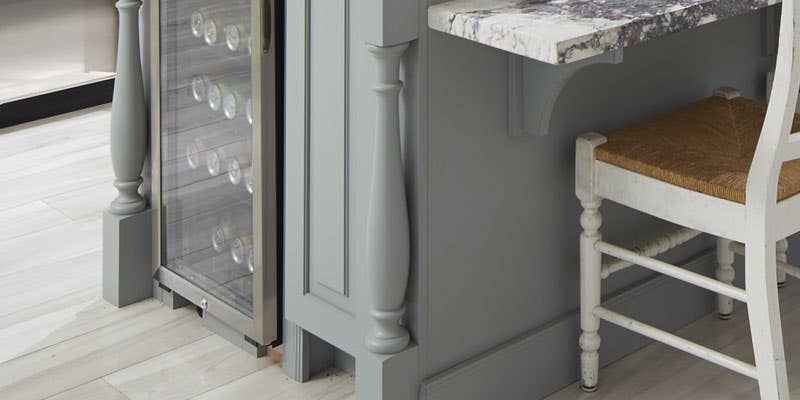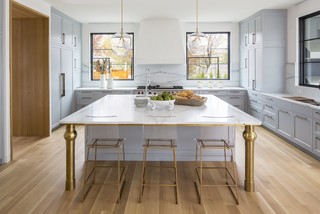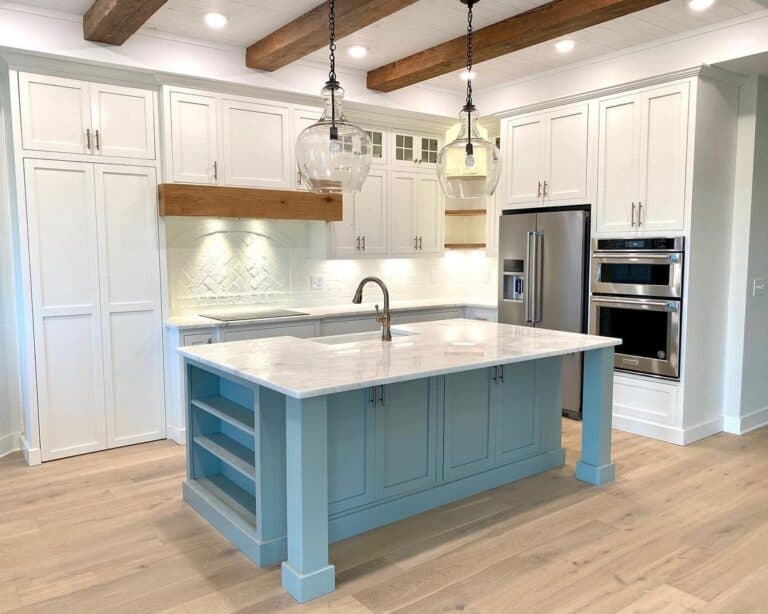Count On Professional Craftsmanship for Tailored Legs For Kitchen Island Ideas
Count On Professional Craftsmanship for Tailored Legs For Kitchen Island Ideas
Blog Article
Essential Factors to Take Into Consideration When Selecting Legs For Cooking Area Island
Picking the appropriate legs for a kitchen island entails a careful assessment of several elements that can considerably influence both performance and visual appeal. Amongst these, the option of product plays an essential duty in ensuring sturdiness, while the style should match the existing design. In addition, factors to consider such as elevation and weight assistance are necessary for stability and comfort. As we check out these components, it comes to be clear that each decision can have far-reaching implications for the general kitchen area experience. What subtleties should be thought about in each of these classifications to accomplish the perfect equilibrium?
Product Options
When picking legs for a kitchen area island, understanding the various material alternatives is important for accomplishing both visual allure and architectural honesty (Legs For Kitchen Island). The choice of product dramatically affects not only the sturdiness of the island but also its general style and capability
Metal legs, usually made from stainless steel or functioned iron, contribute a contemporary and industrial feel while making sure sturdiness and security. These products are resistant to wear and can support substantial weight, making them ideal for larger islands.
One more option is crafted materials, like MDF or plywood, which can be more affordable while still using an array of coatings. They may not provide the exact same degree of security as solid wood or steel. Legs For Kitchen Island. Materials such as acrylic or glass can create a contemporary appearance, though they might call for added support to make sure stability.
Ultimately, the selection of product for cooking area island legs need to align with the desired functionality and the general motif of the kitchen.
Design And Style

When taking into consideration style, the form and finish of the legs are crucial. Conical legs can give a sense of lightness and sophistication, while thicker, extra durable legs can share strength and security. In addition, the finish-- be it painted, stained, or natural-- should complement the cabinetry and counter top materials to produce a unified appearance.
Furthermore, the design of the legs can also mirror personal preference. Custom or attractive legs, such as those including complex makings or distinct geometric shapes, can work as prime focus, adding character and character to the kitchen area. Ultimately, the appropriate selection will not only boost capability however additionally elevate the aesthetic allure, making the kitchen area island a standout feature of the home.
Elevation Considerations
Selecting the proper height for kitchen area island legs is critical, as it straight influences both performance and comfort. The standard elevation for a kitchen island usually varies from 36 to 42 inches, lining Our site up with common kitchen counter elevations.

It is likewise vital to represent customers' preferences and heights. Customizing the height can make certain a comfy experience for all member of the family, making the kitchen island an extra practical and delightful area.
Weight Assistance
Making sure adequate weight support for kitchen island legs is vital for both safety and security and capability. The cooking area island commonly serves multiple purposes, including cooking, eating, and additional storage space, necessitating a robust assistance framework. When picking legs, it is important to consider the total weight capability required visit this website based upon the island's intended usage and the materials that will be positioned on it.
The choice of material for the legs plays a considerable duty in their weight-bearing capacities. Strong timber, steel, and durable compounds normally give superior toughness compared to lighter materials. In addition, the design of the legs-- whether they are straight, tapered, or have a pedestal form-- can affect their capacity to disperse weight efficiently throughout the structure.
Additionally, the leg placement must be tactically planned to improve security. Legs placed at the corners or with a wider base can better sustain larger loads. Always seek advice from the maker's specs relating to lots limits to make sure that the legs can maintain the intended weight without endangering safety and security. In recap, picking cooking area island legs with ample weight support is essential for producing a secure and functional cooking room.
Installment and Upkeep
Appropriate setup and upkeep of kitchen area island legs are critical for guaranteeing durability and security. To start, it is important to adhere to the maker's guidelines throughout installation. This typically involves protecting the legs to the island base utilizing ideal fasteners, making sure that the legs are level and aligned. Utilizing a level tool can assist stop tottering and improve the overall visual charm of the cooking area island.
As soon as installed, routine maintenance is necessary to protect the honesty and look of the legs - Legs For Kitchen Island. For wooden legs, regular cleaning with a wet towel and application of suitable timber gloss can avoid dampness damages and maintain their finish. Metal legs might require a mild cleaning remedy to remove oil and grime, adhered to by a dry fabric to avoid corrosion development
In addition, check the legs routinely for indicators of wear or damages, such as cracks or loose joints. Tightening up screws or screws as needed can likewise lengthen the lifespan of the legs. By adhering to these installation and maintenance practices, home owners can guarantee that their kitchen area island remains sturdy and aesthetically appealing company website for many years to find.
Conclusion

Visual comprehensibility is vital in selecting the design and layout of legs for a cooking area island, as these aspects considerably affect the total atmosphere of the room. Conical legs can provide a sense of lightness and sophistication, while thicker, extra robust legs can share strength and stability.Choosing the proper elevation for cooking area island legs is important, as it directly impacts both performance and comfort. In summary, picking kitchen island legs with appropriate weight support is vital for developing a useful and safe culinary space.
In verdict, picking legs for a kitchen island necessitates cautious consideration of different factors, consisting of material options, design, height, weight support, and installment.
Report this page